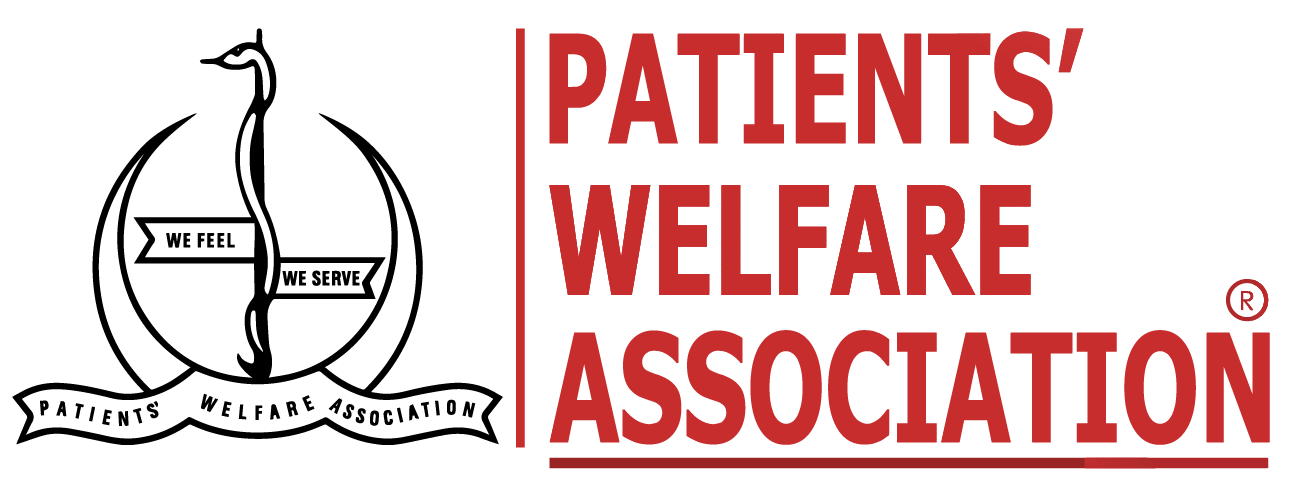Thalassemia Major: Causes, Symptoms and Treatment
Thalassemia is an inherited blood disorder in which the body does not make adequate amounts of hemoglobin, resulting in rapid breakdown of red blood cells. It is characterized by anemia, weakness and fatigue. This disorder has several types which vary in severity, out of which beta thalassemia major is the most common and clinically apparent type. It is diagnosed in children who have two defective genes for hemoglobin, a protein present inside red blood cells. The severity of the diagnosed type determines the management regimen, which usually involves regular blood transfusions and iron chelation therapy.[1]
Causes of Thalassemia
People get thalassemia by inheriting faulty hemoglobin genes from their parents, who may have the disorder or may be carriers. Cousin marriages are by far the leading risk factor for developing thalassemia.[2] The root cause of this disorder is mutations in the genes making the protein hemoglobin present inside red blood cells, which are responsible for oxygen transport in the body. As hemoglobin consists of two alpha and two beta globin subunits, mutations in the globin genes can reduce their production which creates an imbalance in the pairing of the globin chains. This results in early destruction of red blood cells. Commonly, beta thalassemia is more severe because only two mutated copies of beta globin gene can develop severe transfusion dependent thalassemia, but it takes at least three defective alpha globin genes to create a similar state. These more common forms are diagnosed as Beta thalassemia major
Major Symptoms
Beta Thalassemia Major often manifests a few months after birth and is characterized by anemia, lethargy, weakness, fatigue, dark urine, and a pale skin. With time, facial bone deformities, an enlarged abdomen, and an inability to do any strenuous physical activity are commonly noted. The patient may have a crew-cut appearance of the head and sometimes jaundice may occur.
Management
This condition requires management with regular blood transfusions and iron chelation therapy along with other supporting medicines under consultation of a hematologist.[1] Bone marrow transplant, from a close relative might end the necessity for blood transfusions, provided that cell marker genes match. The only lasting cure is stem cell transplant.[3] However, both transplant options have risks involved.
Patients also have weak immunity hence they should be timely vaccinated against prevalent infections.
In contrast, patients with thalassemia minor lead a normal life and can be easily managed with dietary restrictions on iron rich foods, timely vaccination and Vitamin B, Folic acid and calcium supplementation.
Outcome of Thalassemia
The prospects for a person with thalassemia minor are bright and most cases don’t need treatment when compared to thalassemia major. The outlook of thalassemia major has also improved drastically from earlier times, provided iron chelation is taken timely and iron deposition in the body organs, especially the heart, is averted.[2] This will lead to better quality of life for the affected ones.
Prevention
As thalassemia is a genetic disorder, early diagnosis remains the mainstay for prevention. Premarital screening via Hb electrophoresis can help reduce the burden of thalassemia in a population. Cousin marriages must be averted because they lead to higher risk of inheritance of genetic disorders. Diagnosed carriers should avoid marriages with other carriers or they can opt to have offspring via in vitro fertilization with preimplantation genetic diagnosis to have children. Early diagnosis of thalassemia can also help in arranging an early bone marrow transplant to lessen the risk of iron deposition in the heart, which leads to heart failure.[2]



